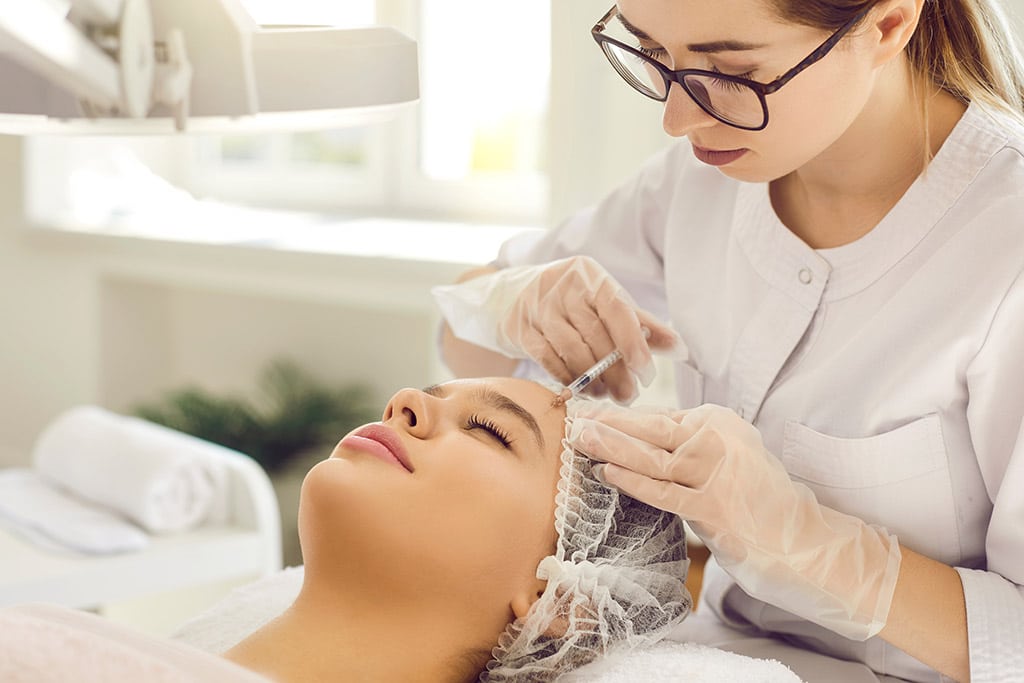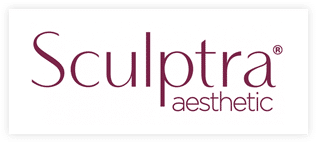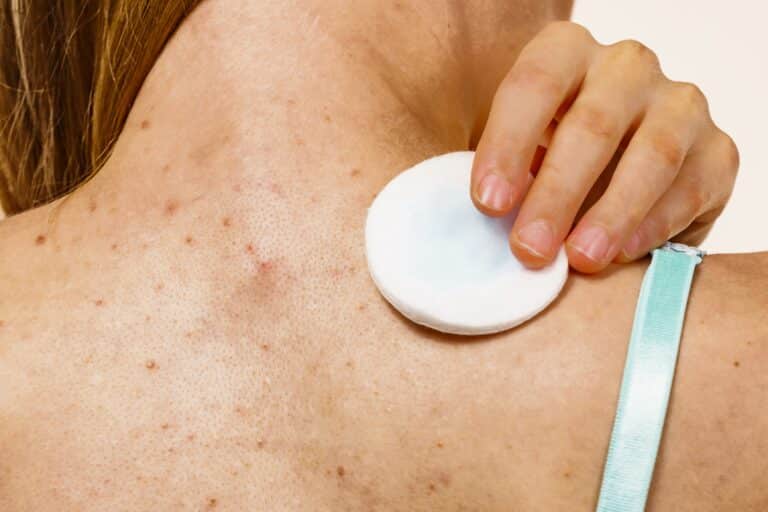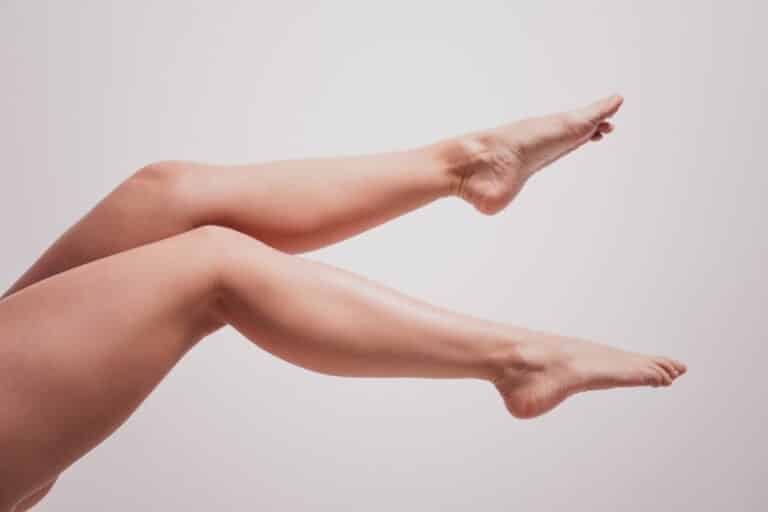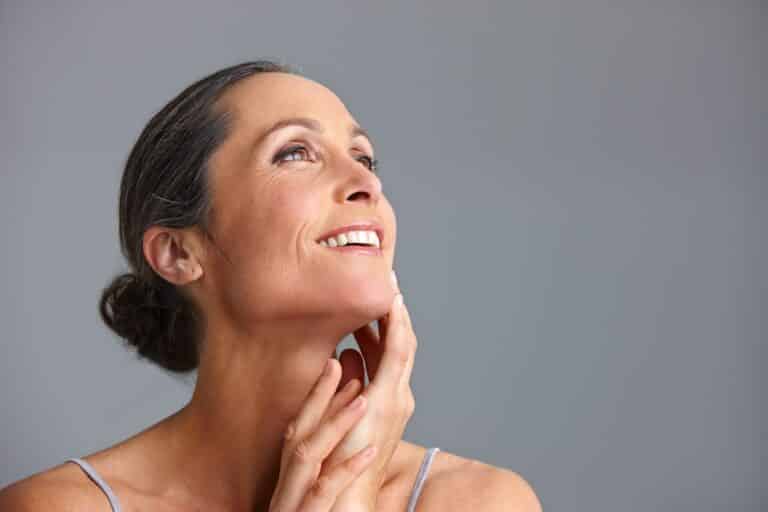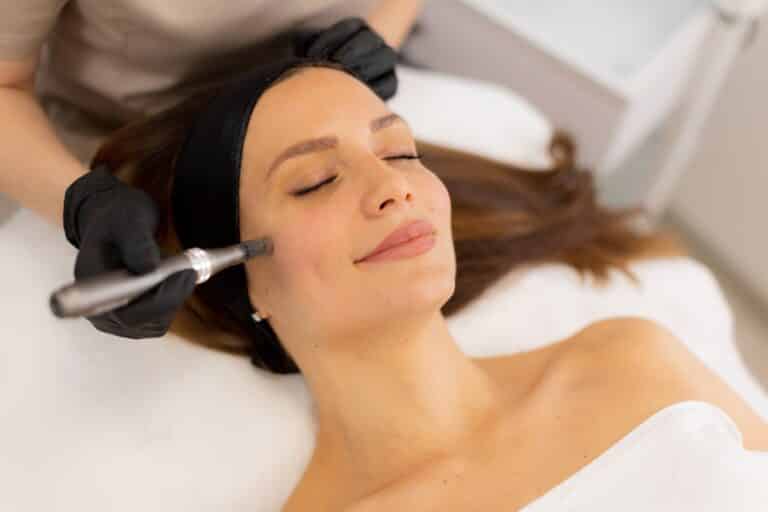What is Sculptra?
Sculptra Aesthetic is a soft tissue injectable that restores volume to reduce hollows and deflated skin. Sculptra is made of micro particles of Poly-L-Lactic Acid (PLLC), a synthetic form of lactic acid. Your body produces lactic acid after exercise, making PPLC biocompatible. This means that it won’t cause allergic reactions after it’s injected because your body recognizes it as a familiar product.
Sculptra is diluted with saline and anesthetic before it is injected into the deeper skin layers. The small PLLC particles push on cells called fibroblasts, and this pushing force stimulates them to produce collagen over the course of 4-8 weeks. Often 2-3 treatments are recommended to achieve volumization goals. Because Sculptra stimulates your body to make its own collagen, results appear very natural. Minimal side effects include bruising, pain at injection sites, and swelling and redness, which typically resolve within a few days to a week after injections.
Sculptra Aesthetic more than a filler; it’s a volumizer. Unlike hyaluronic acid fillers that provide temporary improvement in the appearance of lines and wrinkles, Sculptra is an anti-aging treatment that works to address volume loss that underlies facial aging.
Sculptra stimulates your body to synthesize collagen and gradually restores a more youthful appearance over the course of 2-4 treatments.
Facial Aging
Studies report that we lose about 1% of collagen per year after age 18. In our late 20s, collagen production begins to slow, and this changes our skin’s texture and tone, eventually leading to fine lines and wrinkles. Environmental factors like smoking, pollution, stress and sun exposure stimulate production of free radicals that damage and degrade collagen and elastin fibers faster than new collagen can be created.
Many procedures can rebuild collagen like Laser Resurfacing or Microneedling RF, but these treatments are often associated with downtime or recovery. Sculptra offers an injectable alternative to these laser and heat-based devices for collagen synthesis, unlike most other soft tissue injections that “fill” lines more immediately.
How is Sculptra used?
Sculptra applications:
- Rejuvenates the face by restoring volume, lifting the skin, and smoothing lines and creases.
- Restores volume to the cheek area, which helps elevate jowls.
- Volumizes temple hollows.
- Smooths the smile lines between the nose and the mouth (nasolabial folds).
- Redefines the jawline for a cleaner profile
- Improves the appearance of the décolleté, enhancing skin texture.
- Improves the appearance of your hands, softening protruding tendons and veins.
- Harmonizes asymmetries of the face, creating youthful balance.
What many patients like most about a series of Sculptra injections is that improvements are gradual. Small changes keep the treated areas looking natural and final results can last over two years.
All of our leading dermatologists at Moy-Fincher-Chipps are experts at assessing aging, and they look forward to offering their honest opinions about what treatment or treatments might help you achieve your appearance goals most naturally. Schedule a consultation to determine if Sculptra may be right for you.
Related Posts
Dermal fillers have transformed the field of aesthetic medicine, offering excellent results for improving volume loss, facial lines, and contouring without the need for surgery. Many patients seek fillers because they want to look refreshed and natural, not dramatically different or “done.” The goal of today’s filler treatments is to enhance your existing features while…
Acne isn’t just a teenage problem, it can affect people of all ages, from adolescents to adults well into their 50s and beyond. Whether you’re dealing with persistent breakouts from your youth or experiencing adult-onset acne for the first time, effective treatment options exist that can provide hope and confidence for achieving clearer skin. Understanding…
Achieving and maintaining bikini-ready skin doesn’t happen overnight. However, committing year-round to consistent and proper skincare habits can help. Many people seek last-minute solutions for skin concerns just weeks before beach season, often unaware that the most effective skin treatments require planning months in advance. Healthy, glowing skin is built on daily habits, and professional…
Collagen is a protein that plays a crucial role in maintaining skin elasticity, strength, and youthful appearance. As you age, your natural collagen production decreases, leading to the formation of wrinkles, sagging skin, and other visible signs of aging that many people wish to address. Keep reading to learn more about what collagen is, why…
Microneedling has become very popular in recent years as a minimally invasive treatment that delivers impressive skin rejuvenation results. This innovative procedure uses tiny needles to create controlled micro-injuries to the skin, triggering the body’s natural healing process and collagen production. Keep reading to learn more about microneedling and why this treatment is so beneficial!…
Laser treatments have revolutionized the field of cosmetic dermatology, offering meaningful results for concerns ranging from sun damage and fine lines to unwanted hair and vascular lesions. Many patients are delighted with their immediate post-treatment results but may not realize that maintaining these effects requires consistent aftercare and lifestyle adjustments. Understanding how to properly care…


